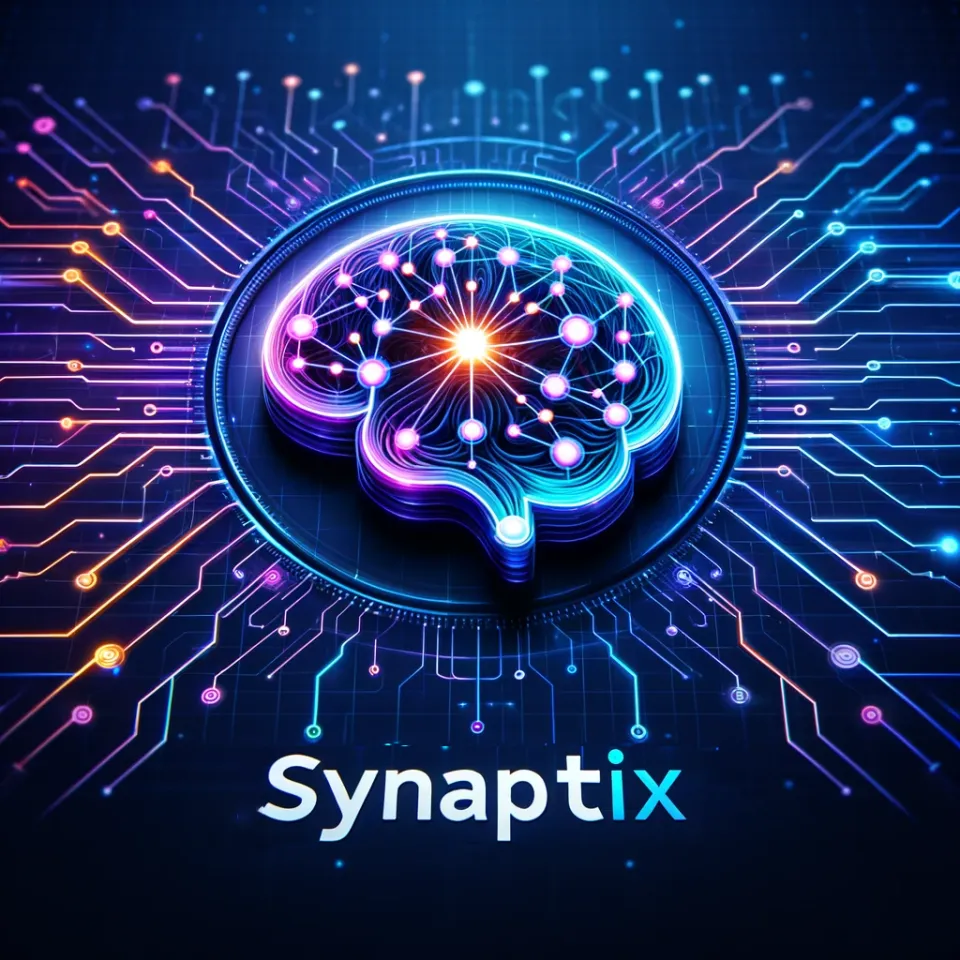PimEyes Implements Ban on Searches of Minors' Faces: Protecting Children in the Digital Age

Introduction
PimEyes, a revolutionary search engine powered by facial recognition technology, has recently announced that it will no longer allow searches of minors’ faces. The company, which boasts a database of nearly three billion faces, aims to protect children from potential harm by prohibiting unauthorized access to their photos on the internet. While this move is commendable, challenges still remain in accurately detecting and blocking searches of minors. This article explores the implications of PimEyes’ “no harm policy” and delves into the ongoing efforts to enhance its child protection measures.
Understanding PimEyes
PimEyes is a subscription-based service that empowers individuals to search for their own faces across the vast expanse of the internet. Whether you want to discover unknown photos or monitor your online presence, this facial recognition-powered search engine offers a comprehensive solution. However, the absence of stringent technical measures to verify user identity led to concerns over the potential misuse of the platform, especially involving children.
The Promise & Peril of PimEyes
Parents have often utilized PimEyes to uncover photos of their children online that they were not previously aware of. While this functionality has proven beneficial, it opens the door to potential abuse by perpetrators seeking to exploit or harm minors. PimEyes’ CEO, Giorgi Gobronidze, acknowledged this dilemma and emphasized the need to prevent unethical individuals like pedophiles and child predators from accessing children’s photos.
Blocking Unauthorized Searches of Minors
Recognizing the grave risks associated with allowing unrestricted searches of minors, PimEyes has decided to implement measures to curb malicious intent. The company has banned searches of minors’ faces to align with its overarching “no harm policy.” However, PimEyes continues to permit searches of minors’ faces conducted by human rights organizations working in the domain of children’s rights. By leveraging age detection A.I., PimEyes aims to accurately identify photos of individuals under the age of 14 and block unauthorized searches.
The Challenge of Technical Accuracy
While PimEyes’ efforts to safeguard minors are commendable, technical challenges remain in refining their detection system. The company admits “accuracy issues” when it comes to teenagers, as the age detection A.I. struggles to distinguish their faces reliably. Additionally, certain angles and perspectives may result in the engine failing to identify children as such, making it imperative to continually develop and fine-tune the system.
Testing the System and Implications
To assess the efficacy of PimEyes’ blocking system, The New York Times conducted an experiment using a photo of Mary-Kate and Ashley Olsen from their earlier years as child stars. The results highlighted a limitation in the system, as the search for the twin facing the camera was successfully blocked, while the search for the other twin, whose photo was taken in profile, yielded numerous results. These findings emphasize the need for ongoing improvements in detection capabilities to provide robust protection for children.
Future Prospects and Enhancements
Despite the existing limitations, PimEyes remains committed to perfecting its detection system to ensure children’s online safety. The company is aware of the shortcomings and understands that blocking unauthorized searches of minors requires relentless efforts. By leveraging technological advancements and continuously refining its algorithms, PimEyes aims to establish an airtight barrier that effectively shields children from potential harm.
Conclusion
The introduction of PimEyes’ ban on searches of minors’ faces marks a significant step toward protecting children in the digital age. While the company has taken strides to prioritize child safety, challenges persist in accurately identifying minors across various age groups and angles. PimEyes’ commitment to ongoing enhancements and partnerships with human rights organizations demonstrates its dedication to creating a secure online environment for children. As technology evolves, we must continue to refine facial recognition systems to comprehensively safeguard the innocence and wellbeing of our youngest generation.




